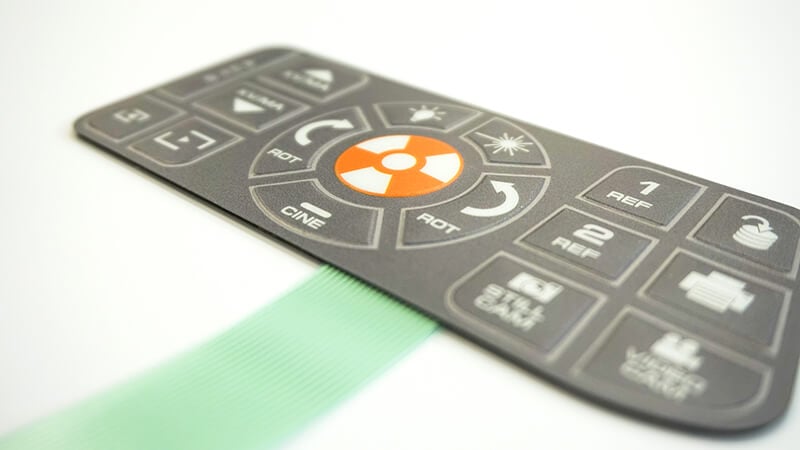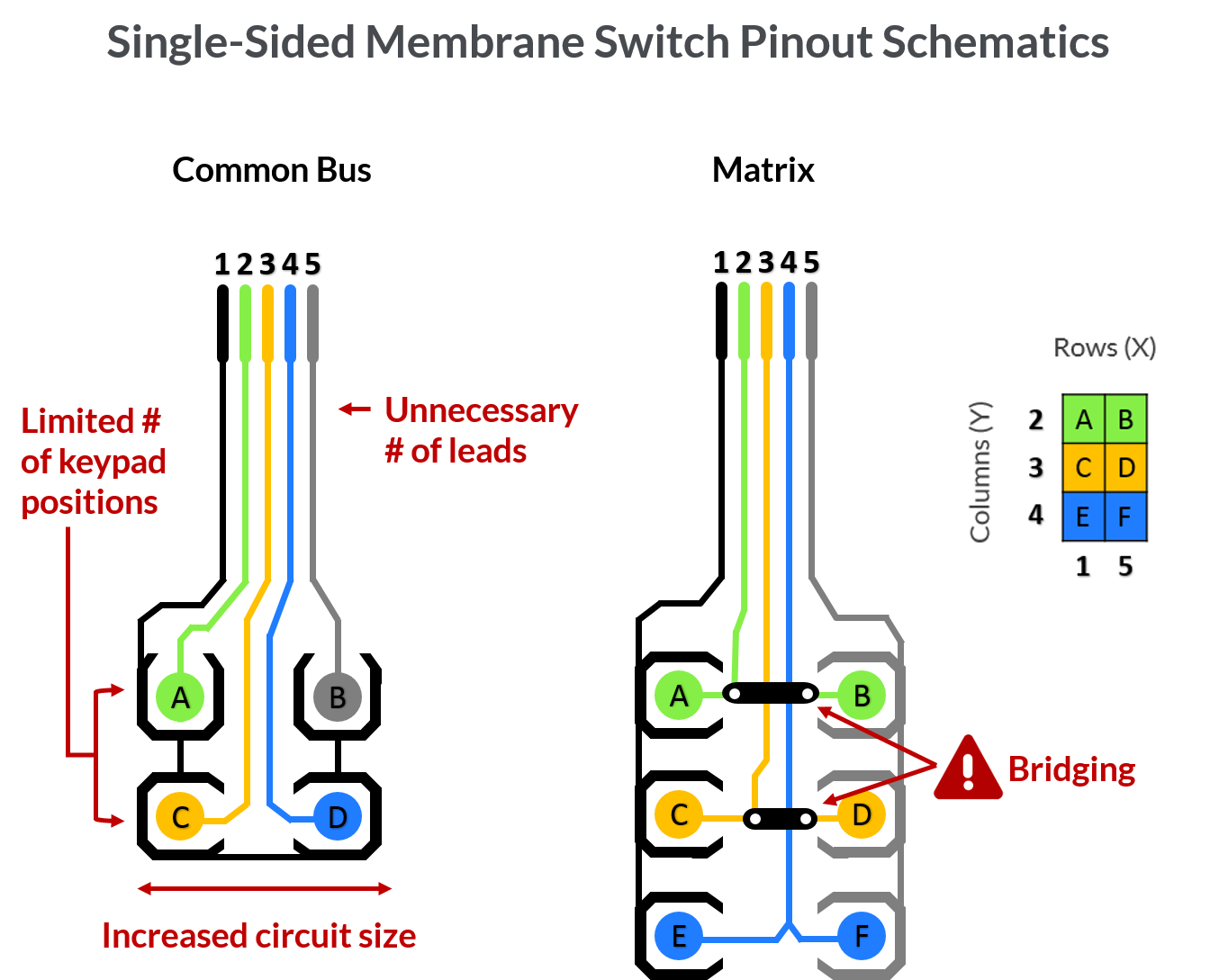Just How to Guarantee Longevity and Dependability with a High-Quality Membrane Switch
Just How to Guarantee Longevity and Dependability with a High-Quality Membrane Switch
Blog Article
Comprehending the Functionality of Membrane Switches for Interface Devices
The capability of membrane layer switches stands for a substantial improvement in interface design, incorporating efficiency with visual flexibility. These switches operate with a multi-layered framework that converts customer interactions into electric signals, enabling both portable formats and strength versus environmental elements. As industries increasingly focus on user experience, understanding the nuances of membrane switch innovation becomes crucial. What ramifications do these improvements hold for future applications, and exactly how might they redefine customer interactions across various devices?
What Are Membrane Layer Switches?
Membrane switches are innovative user interface devices that help with customer interaction with digital tools. These functional components contain multiple layers, including a graphic overlay, spacer, and a published circuit layer. The layout enables a seamless combination right into numerous digital devices, improving both the aesthetic and functional elements of interface.
Membrane buttons are commonly used in a large range of applications, from house home appliances to commercial machinery and clinical gadgets. Their building and construction normally features a slim profile, making them a suitable selection for compact layouts. The responsive responses offered by these buttons can be crafted to meet details user preferences, ensuring reliable interaction in between the individual and the device.
Longevity is an additional substantial benefit of membrane layer switches, as they are immune to dirt, wetness, and chemicals, which improves their life-span sought after atmospheres. Additionally, these buttons can be tailored in terms of form, dimension, and visuals layout, permitting branding and user-specific functions. Overall, membrane layer changes represent a sensible remedy for improving user experience in digital gadgets, combining performance with aesthetic appeal in an effective way.
Just How Membrane Switches Work
Operating on a simple principle, membrane changes use a layered building and construction to register user input successfully. Each button is composed of multiple layers, consisting of a printed circuit layer, a spacer layer, and a top visuals layer, which are created to interact flawlessly. When an individual presses the leading layer, it presses the spacer layer, bringing the conductive elements of the circuit layer right into call with each other.
This call creates a shut circuit, indicating the tool to execute a specific function. The layout permits for numerous arrangements, consisting of tactile responses, which can enhance the individual experience by providing a physical experience upon activation. The products made use of in membrane switches often consist of adaptable substrates, such as polyester or polycarbonate, which guarantee toughness and resilience versus damage.

Secret Benefits of Membrane Layer Switches

One more considerable advantage is their density. Membrane switches are slim and lightweight, which enables makers to save room in their devices without compromising performance. This attribute is especially helpful in applications where weight and volume are essential factors to consider.
Furthermore, membrane switches are resistant to dust, dampness, and chemicals, enhancing their durability. This resilience expands their lifespan and reduces the demand for constant replacements, causing price financial savings over time.
Furthermore, the tactile comments provided by membrane buttons can be optimized to boost user interaction. They can include attributes such as raised buttons or distinct clicks, boosting use and user experience.
Applications Throughout Industries
Individual interface tools using membrane switches are prevalent in a vast variety of sectors, showcasing their versatility and performance. Membrane Switch. In the clinical sector, membrane layer buttons are important to devices such as diagnostic tools and person tracking systems, where their durability and ease of cleansing are important for keeping hygiene standards. Likewise, in the auto you could try this out market, these switches are employed in control panel controls and infotainment systems, providing a sleek and contemporary interface for individuals.
Furthermore, the consumer electronic devices industry benefits from membrane buttons in home appliances and handheld gadgets, where small style and user-friendly interfaces enhance user experience. Industrial applications also utilize membrane switches over for control board in machinery and automation systems, highlighting their toughness and resistance to severe atmospheres.
In the aerospace and protection sectors, membrane switches are made use of in cabin controls and devices, where dependability and efficiency under severe problems are critical. Furthermore, the video gaming sector significantly incorporates membrane layer switches in controllers and game devices, adding to an engaging user experience. In general, the convenience of membrane layer switches over enables their extensive use throughout many sectors, underscoring their value in modern-day individual interface design.
Future Trends in Membrane Switch Technology

Additionally, making use of advanced products, such as polycarbonate and polyester movies, is anticipated to climb, giving improved resilience and resistance to ecological stress factors. These materials add to the general long life of membrane switches, making them ideal for harsher commercial applications.
Moreover, the incorporation of clever innovation, including IoT connectivity, will allow membrane layer switches to interact with other devices and systems, click here to read facilitating a much more interactive customer experience. This pattern aligns with the growing need for smart tools across numerous fields, from healthcare to customer electronics.
Lastly, modification alternatives are prepared for to broaden, enabling makers to create bespoke solutions tailored to details user demands and choices. These growths will place membrane layer buttons as essential parts in the evolution of interface modern technology.
Conclusion
In conclusion, membrane changes represent a critical advancement in customer interface technology, using a reputable and functional remedy for varied digital applications. As advancements in material scientific research and touch picking up modern technologies continue, the functionality and applicability of membrane switches are expected to increase, strengthening their importance in modern electronic tools.
Report this page